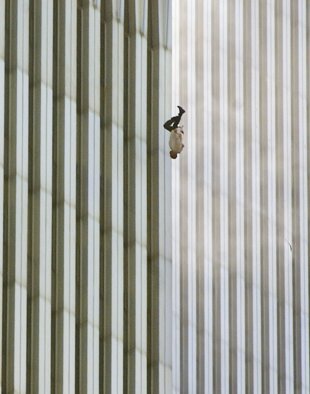Computational photography
http://www.economist.com/blogs/babbage/2011/06/computational-photography[excerpt]
[...]
Now a novel approach to photographic imaging is making its way into cameras and smartphones. Computational photography, a subdiscipline of computer graphics, conjures up images rather than simply capturing them. More computer animation than pinhole camera, in other words, though using real light refracted through a lens rather than the virtual sort. The basic premise is to use multiple exposures, and even multiple lenses, to capture information from which photographs may be derived. These data contain a raft of potential pictures which software then converts into what, at first blush, looks like a conventional photo.
The best known example of computational photography is high-dynamic-range (HDR) imaging, which combines multiple photos shot in rapid succession, and at different exposures, into one picture of superior quality.
[...]
But HDR is just one way to splice together different images of the same subject, says Marc Levoy of Stanford University, who kickstarted the field in a seminal paper http://graphics.stanford.edu/papers/light/ he and colleague Pat Hanrahan published in 1996. Since then, aspects of computational photography have moved from academia into commercial products. This, Dr Levoy explains, is mainly down to processing capacity of devices, such as camera-equipped smartphones, growing faster than the quantity of sensors which record light data. "You are getting more computing power per pixel."
To show off the potential of some new techniques, Dr Levoy programmed the SynthCam app http://itunes.apple.com/us/app/synthcam/id412992079?mt=8 for the iPhone and iOS devices, which takes a number of successive video frames and processes them into a single, static image that improves on the original in a variety of ways. He and his colleagues have also built several models of Frankencamera http://graphics.stanford.edu/papers/camera20/ : prototypes made using bits of kit found in commercially available devices which use a host of tricks to capture data and turn them into better pictures with clever algorithms. SynthCam and Frankencameras can improve photos taken in low-light conditions, which are usually quite grainy, and create an artificial focus that is absent from the original set of images.
Still, for all the superior results and techniques that computational photography may reveal, Dr Levoy laments, camera-makers have been loth to embrace the new approach. This is poised to change. On June 22nd Ren Ng, a former student of his at Stanford, launched a new company called Lytro http://www.lytro.com/picture_gallery , promising to launch an affordable snapshot camera this autumn.
Rather than use conventional technology, as the Frankencamera does, to take multiple successive exposures and then meld them, Dr Ng has figured out a way to capture lots of images simultaneously. This approach is known as light-field photography, and Lytro's camera will be its first commercial exploration.
[....]
